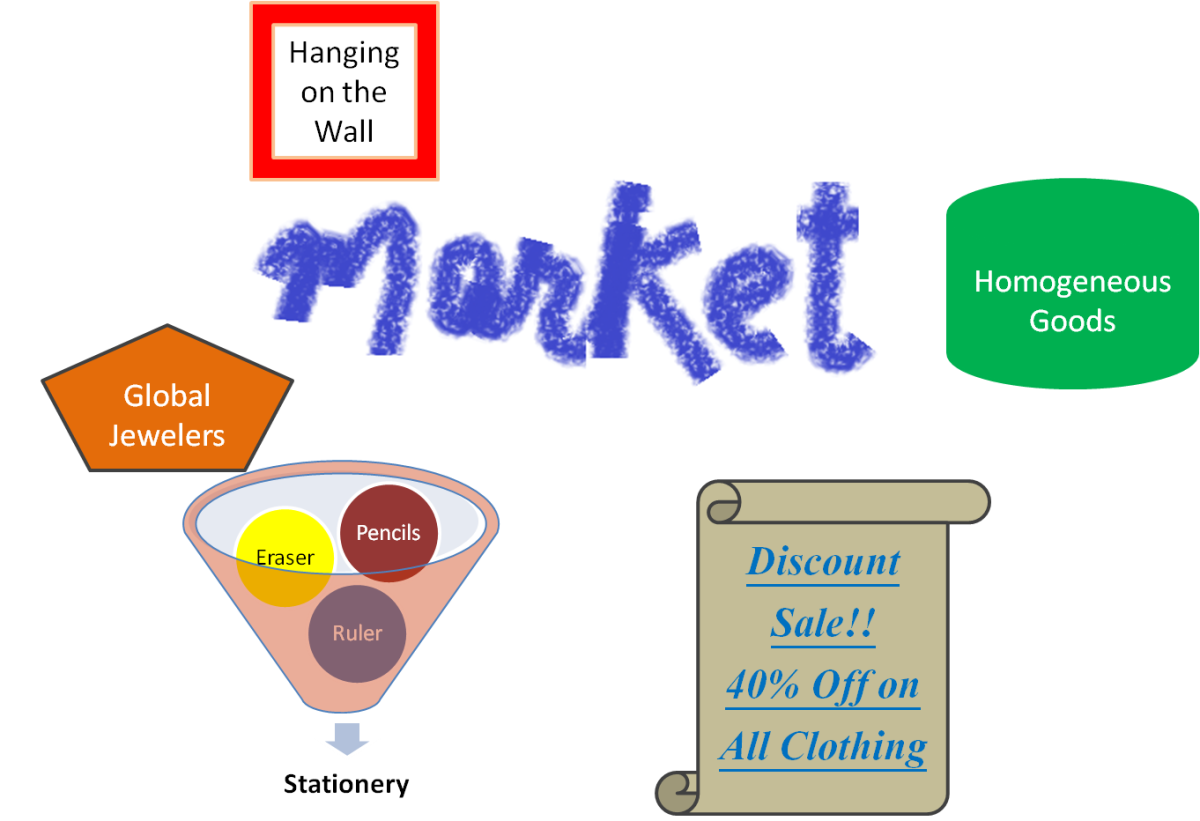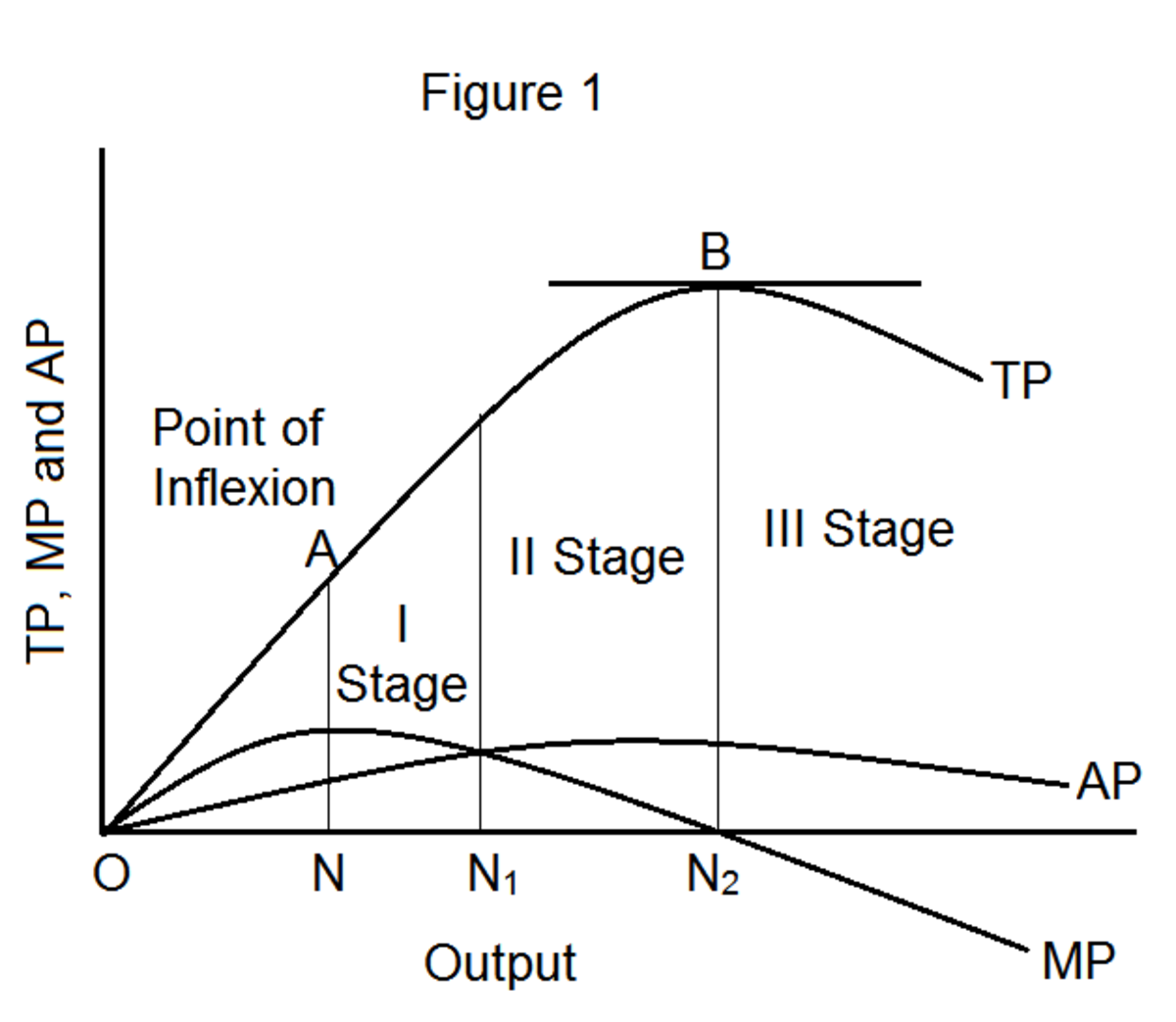Economics Q & A
1. What is the crowding-out effect?
The crowding out effect is defined as a theory that government borrowing drives up the interest rate, lowering consumption by households and investment spending by firms.[1] The aggregate demand and interest rate increase when the government attempts to stimulate the economy by increasing purchases. Therefore, a “higher investment rate crowds out investment spending”[2] although, in increase in “the money supply” [3] may be used to offset the increase in interest rates.
[1] (Sexton 350)
[2] (Sexton 350)
[3] (Sexton 350)

2. Why were those who took out hybrid loans at far greater risk of foreclosure when the Fed began raising interest rates?
The hybrid loan stems from a subprime loan, a loan that is given to borrowers with “less than prime credit”.[1] In 2006, almost 70% of the subprime loans were in the form of a new innovative product called a hybrid.[2] These loans started at a very low fixed rate for the initial period, say three to seven years, and then reset to a much higher interest rate for the remainder of the loan.[3] Also in 2005 and 2006, the fed decided to increase interest rates where in 2001, they had decided to decrease the interest rates. The increase ultimately caused a lot of disruption in the housing market and “consequently, many homes went into default and foreclosure—both subprime borrowers and prime borrowers lost their homes.”
[1] (Sexton 365)
[2] (Sexton 365)
[3] (Sexton 365)

3. How are each of the following events likely to affect the value of the dollar relative to the euro?
Interest rates in the European Union increases relative to those in the United States, ceteris paribus, then “the rate of return of U.S. investments would increase relative to that on European investments.”[1]
The European Union price level rises relative to the U.S. price level, then “U.S. products will become relatively less expensive to European buyers, who will thus increase the quantity of dollars they demand.”[2] Europeans will, therefore, increase the quantity of euros supplied to the United States by buying more U.S. products.[3]
The European central bank intervenes by selling dollars on currency markets so in order “to obtain these added dollars, Europeans would have to exchange more of their euros, increasing the supply of euros on the euro foreign exchange market.”[4]
The price level in the United States falls relative to the price level in Europe then “European products become relatively more inexpensive to U.S. consumers, who therefore buy more European goods”[5] thus, increasing the demand for euros.
[1] (Sexton 392)
[2] (Sexton 391)
[3] (Sexton 391)
[4] (Sexton 392)
[5] (Sexton 390)

Works Cited
Sexton, R. L. Survey of ECON, student ed. Mason, OH: South-Western, Cengage Learning, 2012.








